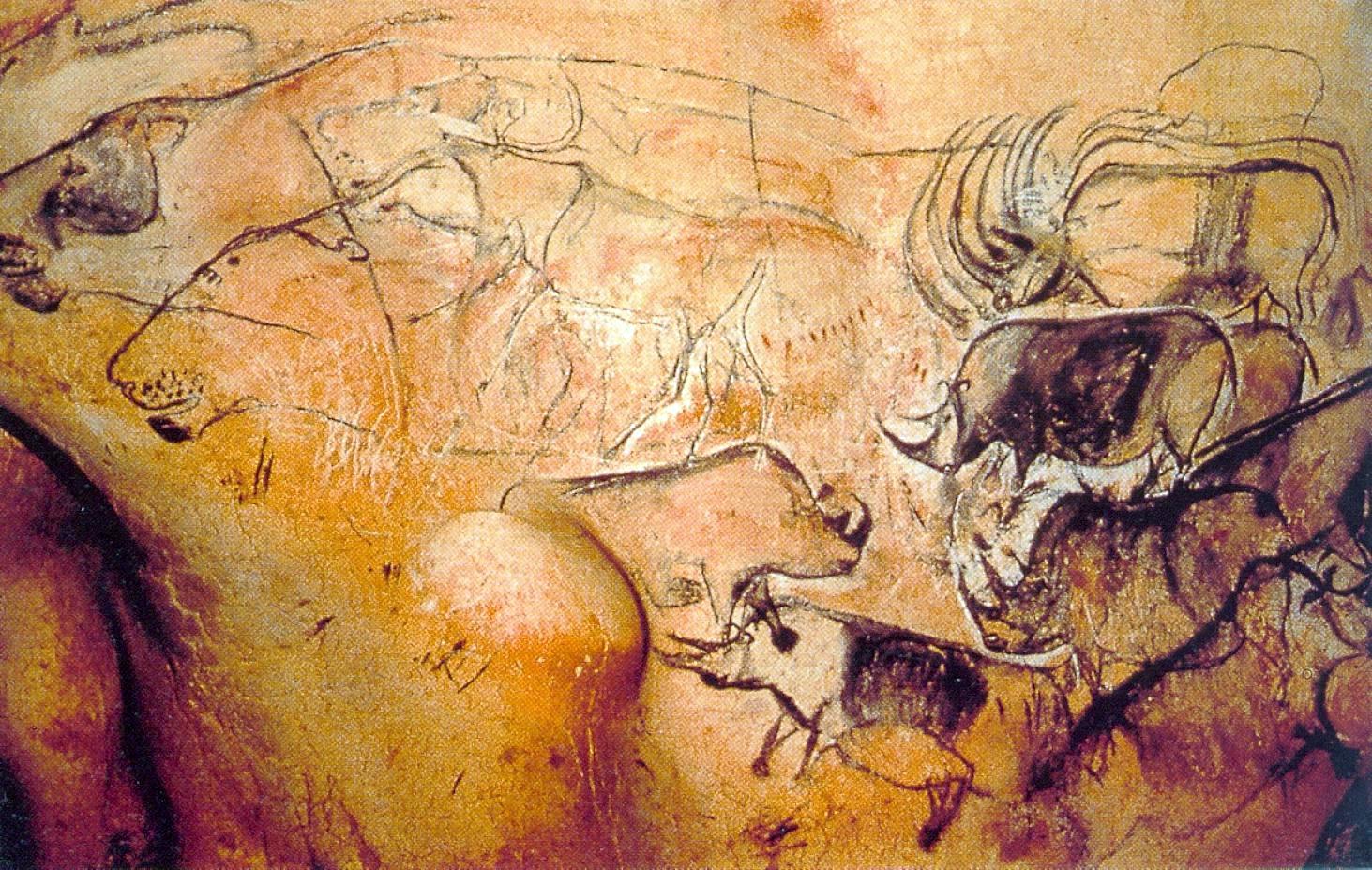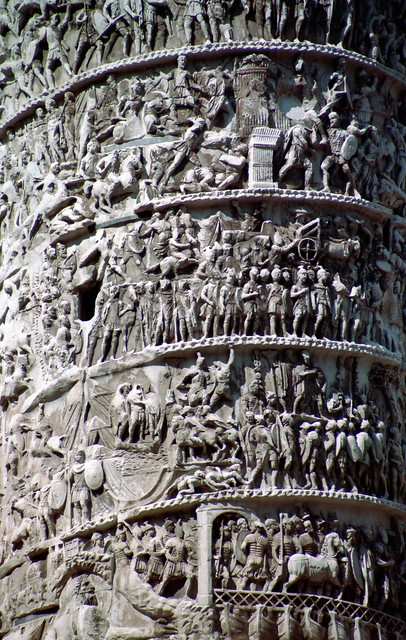Hastening then to the place from whence others fled with the utmost terror, he steered his course direct to the point of danger, and with so much calmness and presence of mind as to be able to make and dictate his observations upon the motion and all the phenomena of that dreadful scene. He was now so close to the mountain that the cinders, which grew thicker and hotter the nearer he approached, fell into the ships, together with pumice- stones, and black pieces of burning rock: they were in danger too not only of being aground by the sudden retreat of the sea, but also from the vast fragments which rolled down from the mountain, and obstructed all the shore. Here he stopped to consider whether he should turn back again; to which the pilot advising him, "Fortune," said he, "favours the brave; steer to where Pomponianus is." Pomponianus was then at Stabiae,94 separated by a bay, which the sea, after several insensible windings, forms with the shore. He had already sent his baggage on board; for though he was not at that time in actual danger, yet being within sight of it, and indeed extremely near, if it should in the least increase, he was determined to put to sea as soon as the wind, which was blowing dead in-shore, should go down. It was favourable, however, for carrying my uncle to Pomponianus, whom he found in the greatest consternation: he embraced him tenderly, encouraging and urging him to keep up his spirits, and, the more effectually to soothe his fears by seeming unconcerned himself, ordered a bath to be got ready, and then, after having bathed, sat down to supper with great cheerfulness, or at least (what is just as heroic) with every appearance of it. Meanwhile broad flames shone out in several places from Mount Vesuvius, which the darkness of the night contributed to render still brighter and clearer. But my uncle, in order to soothe the apprehensions of his friend, assured him it was only the burning of the villages, which the country people had abandoned to the flames: after this he retired to rest, and it is most certain he was so little disquieted as to fall into a sound sleep: for his breathing, which, on account of his corpulence, was rather heavy and sonorous, was heard by the attendants outside. The court which led to his apartment being now almost filled with stones and ashes, if he had continued there any time longer, it would have been impossible for him to have made his way out. So he was awoke and got up, and went to Pomponianus and the rest of his company, who were feeling too anxious to think of going to bed. They consulted together whether it would be most prudent to trust to the houses, which now rocked from side to side with frequent and violent concussions as though shaken from their very foundations; or fly to the open fields, where the calcined stones and cinders, though light indeed, yet fell in large showers, and threatened destruction. In this choice of dangers they resolved for the fields: a resolution which, while the rest of the company were hurried into by their fears, my uncle embraced upon cool and deliberate consideration. They went out then, having pillows tied upon their heads with napkins; and this was their whole defence against the storm of stones that fell round them. It was now day everywhere else, but there a deeper darkness prevai1ed than in the thickest night; which however was in some degree alleviated by torches and other lights of various kinds. They thought proper to go farther down upon the shore to see if they might safely put out to sea, but found the waves still running extremely high, and boisterous. There my uncle, laying himself down upon a sail cloth, which was spread for him, called twice for some cold water, which he drank, when immediately the flames, preceded by a strong whiff of sulphur, dispersed the rest of the party, and obliged him to rise. He raised himself up with the assistance of two of his servants, and instantly fell down dead; suffocated, as I conjecture, by some gross and noxious vapour, having always had a weak throat, which was often inflamed.



























































